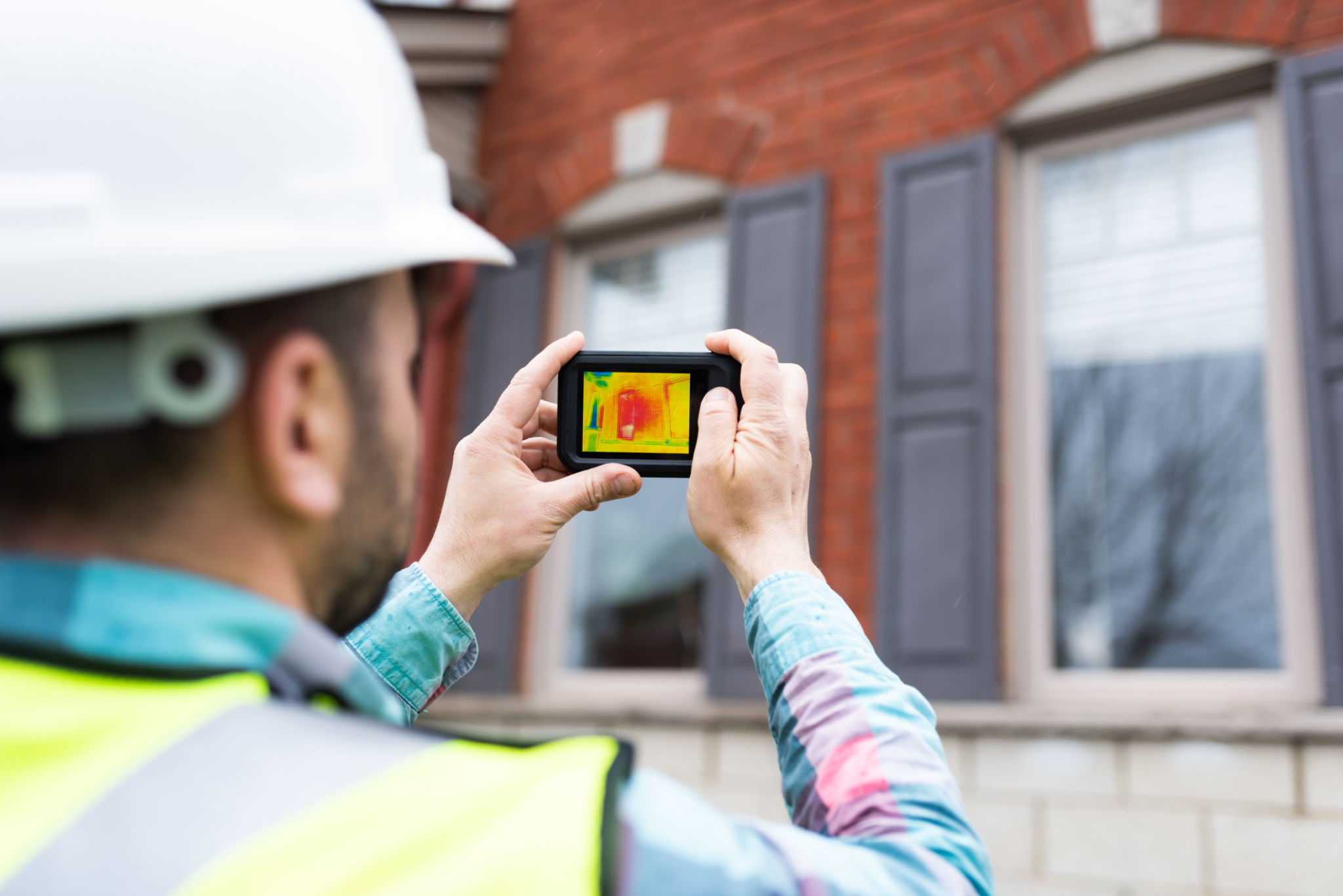Expert Tips for Effective Use of UV and Thermal Cameras in Industrial Settings
Understanding the Basics of UV and Thermal Cameras
Industrial settings often demand advanced technologies to ensure efficiency and safety. Among these technologies, UV and thermal cameras play a critical role. These devices help in monitoring equipment, detecting anomalies, and preventing potential failures. Understanding the basic functionality of these cameras is the first step towards effective utilization.
UV cameras are primarily used to detect ultraviolet light emissions, which are invisible to the human eye. These emissions can indicate electrical discharge or corona effect, common in high-voltage equipment. Meanwhile, thermal cameras capture infrared radiation, helping in visualizing heat patterns and detecting heat leaks or overheating machinery.

Both types of cameras translate non-visible information into visible imagery, allowing for a detailed inspection of equipment without shutting down operations. This capability is particularly crucial in industries like manufacturing, oil and gas, and power generation.
Choosing the Right Camera for Your Needs
Selecting the appropriate camera depends on several factors, including the specific requirements of your industrial environment. Here are some key considerations:
- Application: Determine whether you need the camera for electrical inspections, mechanical inspections, or general monitoring.
- Resolution: Higher resolution cameras provide more detail but may come at a higher cost.
- Sensitivity: Choose a camera with the right sensitivity according to the temperature range or UV emission levels you need to monitor.
By aligning your camera choice with your specific needs, you can ensure more accurate diagnostics and efficient operations.
Implementing Regular Inspections
Regular inspections using UV and thermal cameras are essential for maintaining equipment health in industrial settings. Establishing a routine schedule for inspections can help in early detection of potential issues. This proactive approach reduces downtime and minimizes repair costs.

During inspections, prioritize critical equipment and areas prone to wear and tear. This focus allows for more efficient use of resources and ensures that high-risk components receive adequate attention.
Ensuring Proper Training for Operators
Proper training is vital for operators handling UV and thermal cameras. Understanding how to interpret the images and data these cameras provide is crucial for effective decision-making. Training programs should cover camera operation, data analysis, and safety protocols.
Investing in regular training sessions keeps operators updated on the latest technologies and best practices. This continuous improvement leads to better outcomes in equipment monitoring and maintenance.

Integrating Cameras with Other Systems
Integrating UV and thermal cameras with other monitoring systems enhances their effectiveness. For example, combining these cameras with IoT sensors can provide real-time data analytics, offering deeper insights into equipment performance.
This integration allows for automated alerts when irregular patterns are detected, enabling swift action to prevent equipment failure. Leveraging technology in this way optimizes operational efficiency and enhances safety across industrial settings.
Analyzing Data for Long-Term Benefits
The data collected from UV and thermal cameras offer valuable insights into long-term equipment performance. Analyzing this data helps in identifying trends and predicting future issues. Implementing predictive maintenance strategies based on this analysis can significantly improve asset longevity.
Use this data not only to address immediate concerns but also to refine maintenance schedules and strategies over time. By doing so, businesses can achieve a balance between operational efficiency and cost-effectiveness.